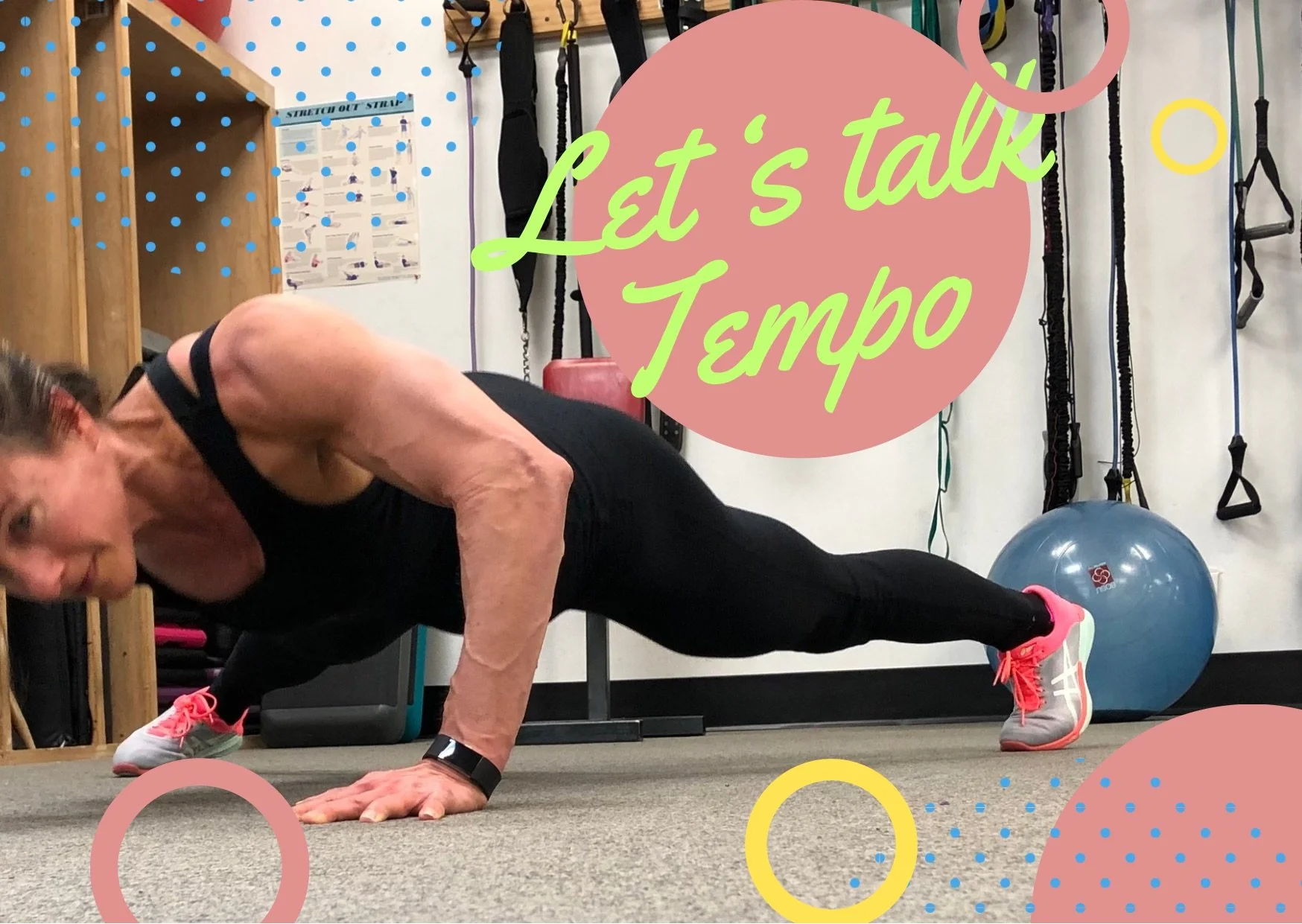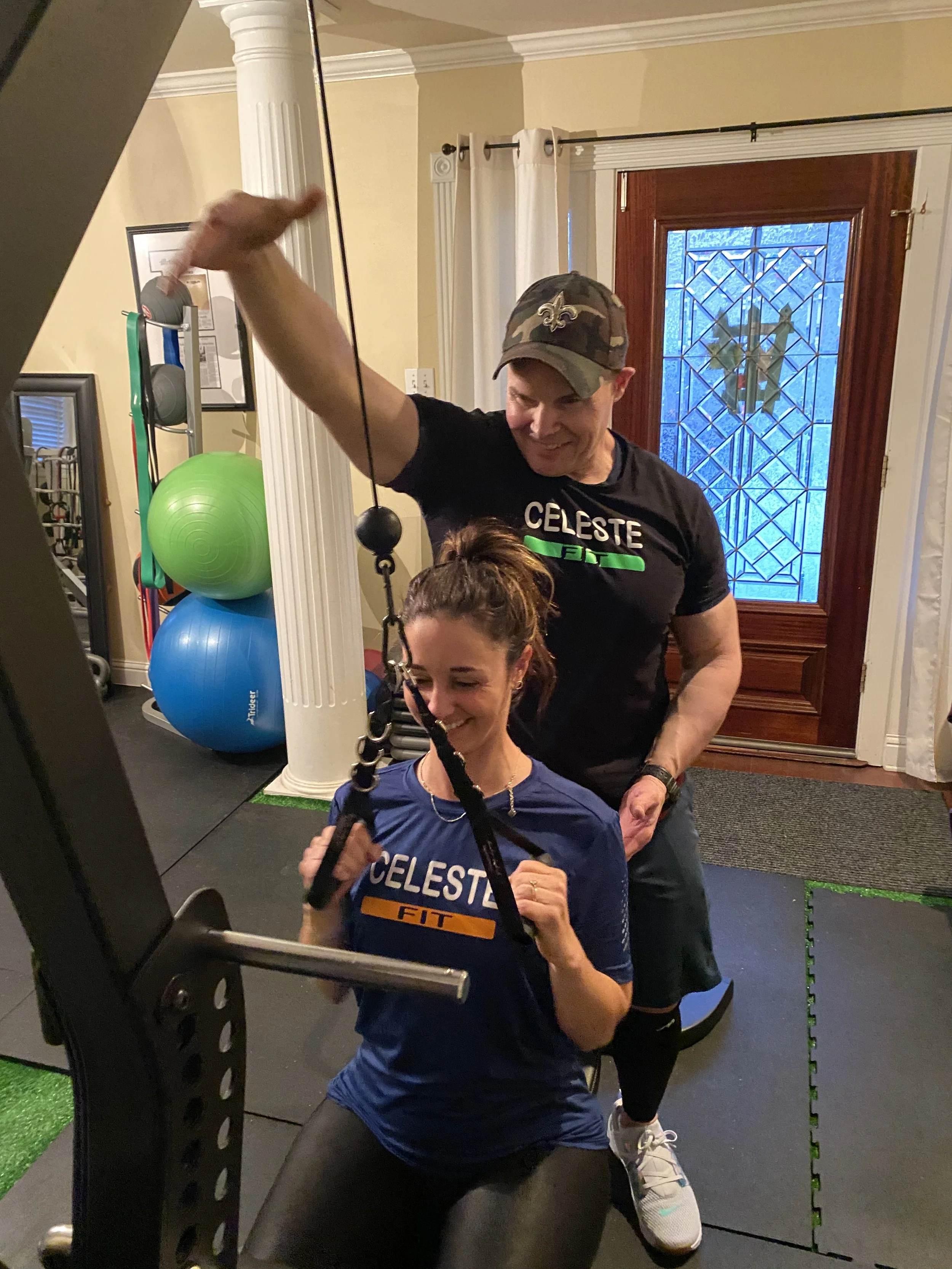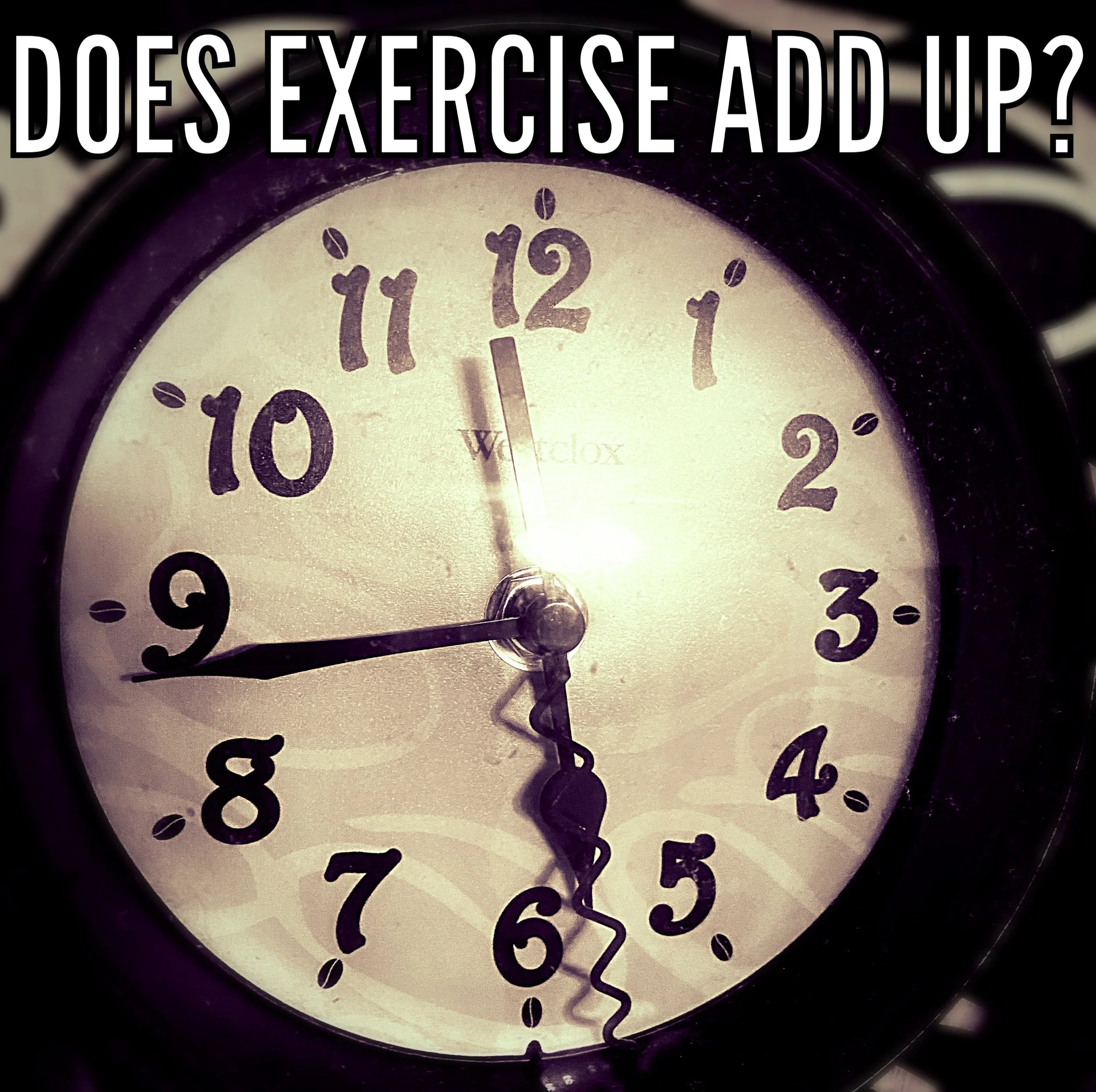Lets Talk TEMPO
Just by adding a quick stop to your exercise will push your muscles to work HARDER.
You probably already know that your muscles grow from the progression of the overload principle. You can achieve this in a few different ways, including increasing the weight, sets or repetitions. Or you can do this by increasing the time or tempo in which your muscles are placed under resistance. Consider this : each repetition of an exercise has 3 components:
Smith Machine Squat
Concentric - where your muscle is shortening while producing force (ie. the lifting portion of a bicep curl
Eccentric - where your muscle is lengthening while resisting the load (ie. the lowering portion of a bicep curl)
Isometric - where you pause producing force without movement
Let’s look at the isometric contraction or the pause of an exercise, like the squat. Not only will it help generate fatigue with less load due to each repetition taking longer to complete, but it will also help you to stay in control of each repetition. One of the best training strategies you can do to bolster the strength and size of the lower body is implement paused squats.
A paused squats is exactly that - the person comes to a complete stop at the bottom of the movement and holds that position for a couple of seconds. Then, he/she can explode up back to starting position. However, it is important to note that even though you pause at the bottom of the squat doesn’t mean that you’ll be changing the tempo of your squat during the eccentric phase. The key is to squat down at your normal rate and HOLD it for a few seconds at the bottom. This can be done on any squat variation including barbell squats, front squats, dumbbell squats and kettlebell squats.
You can also pause during a bench press when the bar is near your chest. This similar type of isometric pause is also called a “sticking point” which is the point of exercise where muscle failure tends to occur. During a bench press, that sticking point would be with the bar just above the chest.
Getting ready to bench press at competition
Pausing will make every rep more challenging and it is a great way to introduce progressive overload to your workouts without adding more weight. When performing a paused rep, try to pause for 1-3 seconds in the bottom portion of the lift. Just by adding a quick stop to your exercise will push your muscles to work HARDER.
More examples:
Push up - pause movement at the bottom as your chest draw near to the floor. Hold for 1-2 seconds then explode away from the ground.
Close-Grip pull-down - pause the movement at the bottom for 1-3 seconds then return to starting position
Side lateral raises with dumbbells- pause your movement at the top of your lift for 2-3 seconds









